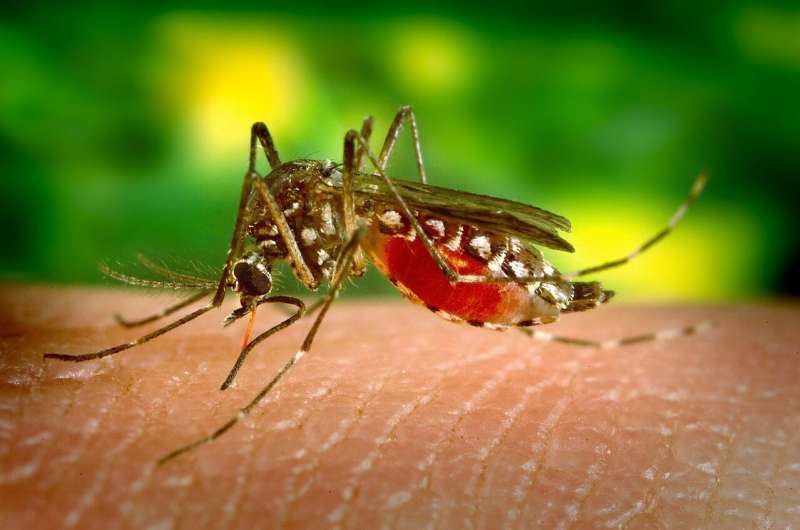Why vaccination against malaria quickly loses its protective effect

Scientists from the German Cancer Research Center (DKFZ) studied the human immune response after immunization with the malaria pathogen Plasmodium falciparum. Their goal was to find out against which protein components the T helper cells induced in this way are directed. To the researchers' surprise, the T helper cells reacted exclusively to the protein sequence of the vaccine strain and showed hardly any cross-reactivity with the naturally occurring pathogen variants. This could explain why natural infections, to which people in endemic areas are constantly exposed, offer little protection against new diseases with other strains, and why the effect of the vaccination available to date lasts only a short time.
Despite impressive successes in controlling malaria, more than 600,000 people worldwide still die from the tropical disease every year, according to the World Health Organization. The vast majority of fatal cases of malaria are caused by the pathogen Plasmodium falciparum. To date, there is only one approved vaccine against this single-celled organism, and its efficacy, which is already rather low, does not last long.
The vaccine is directed against CSP, the quantitatively dominant protein on the surface of the "sporozoites." Sporozoites are the stage of the malaria pathogen which is transmitted with the bite of the mosquito and enters human blood. "To improve the vaccine, we need to understand which protective antibodies are induced by the immunization. But the production of such antibodies depends to a large extent on help from the so-called follicular T helper cells," says Hedda Wardemann of the German Cancer Research Center. "They ensure that B cells transform into antibody-producing plasma cells and memory B cells."
To study the T helper cell response against CSP in detail, the team led by DKFZ immunologist Wardemann examined the blood of volunteers infected with killed P. falciparum sporozoites from the vaccine strain. The volunteers were of European descent and had no prior contact with malaria pathogens. The researchers analyzed the induced Plasmodium-specific follicular T helper cells at the single cell level. In particular, they focused their investigation on which sequences of CSP are recognized by the receptors of the T helper cells.
The analyses revealed that the T-cell receptors mainly targeted amino acids 311 to 333 of the CSP. But another observation stunned the researchers: there was virtually no cross-reactivity between the individual T-cell clones. "The receptors highly specifically bind only the CSP epitopes of the vaccine strain used. Even deviations of only a single amino acid component were not tolerated in some cases," Wardemann explains.
The immunologist points out that in the natural population of P. falciparum, sequence polymorphisms occur to a high degree in this region of the CSP. "The specificity of the T-cell clones prevents the constantly recurring natural infections with the pathogen from acting as a natural 'booster'. This could possibly explain why the protective effect of the malaria vaccine wears off so quickly," Wardemann said. The researcher recommends that further development of the vaccine should test whether inducing a broader spectrum of T helper cells could generate longer-lasting immune protection.
The research was published in Science Immunology.
More information: Ilka Wahl et al, Clonal evolution and TCR specificity of the human T FH cell response to Plasmodium falciparum CSP, Science Immunology (2022). DOI: 10.1126/sciimmunol.abm9644


















